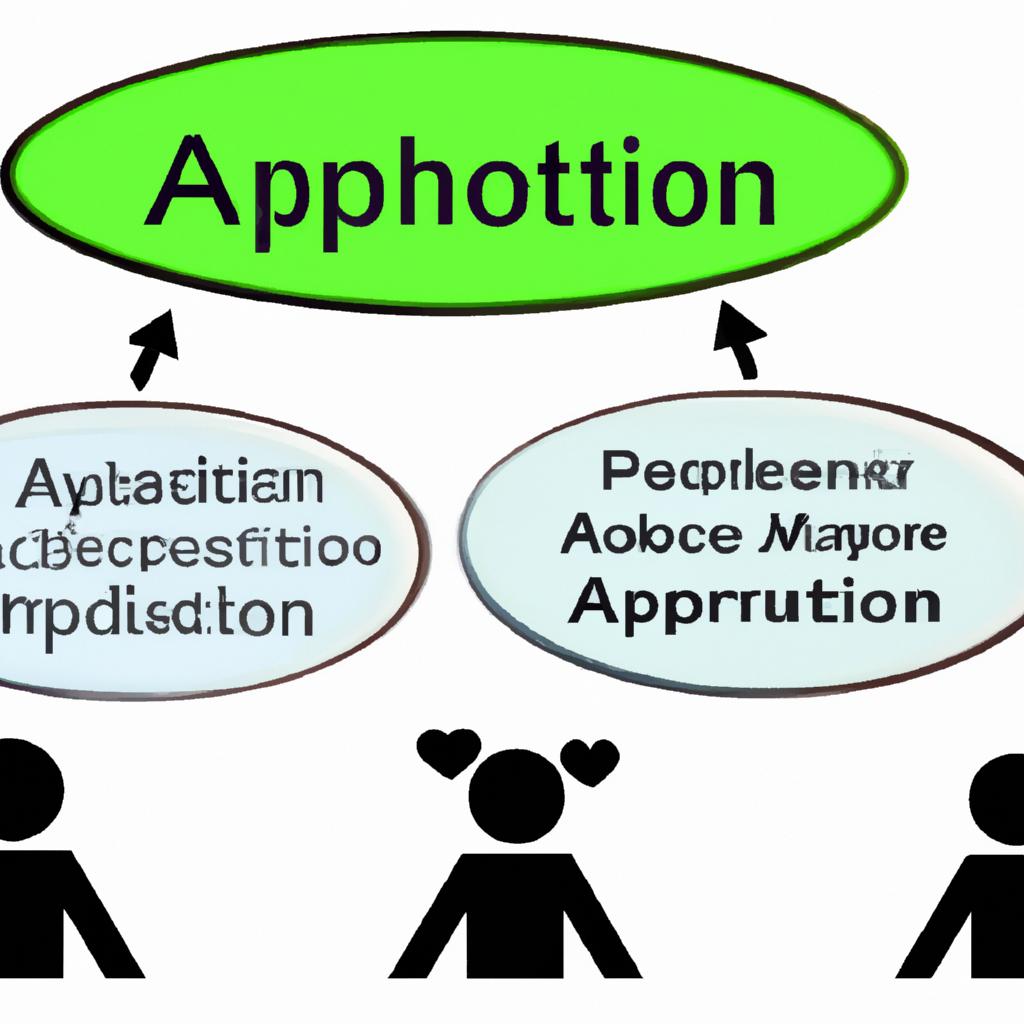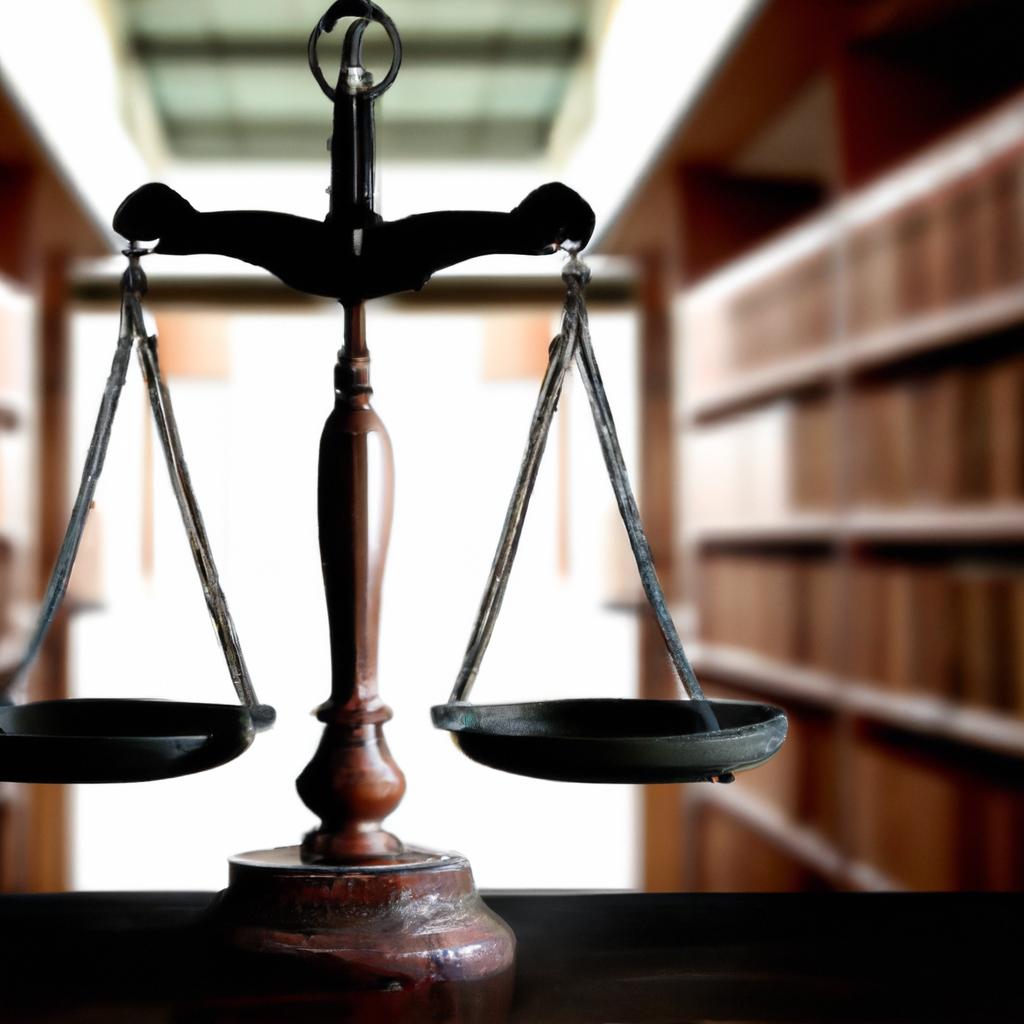In the complex web of legal terms and concepts that govern the care and custody of individuals, the distinction between adoption and conservatorship can often be blurred. As experienced attorneys at Morgan Legal Group in New York City, we understand the importance of unraveling these intricate legal intricacies to ensure that our clients are equipped with the knowledge they need to make informed decisions. In this article, we will delve into the key differences between adoption and conservatorship, offering clarity and insight into these distinct yet interconnected aspects of family law.
Key Differences Between Adoption and Conservatorship
Adoption and conservatorship are two legal processes that deal with the care and protection of individuals, but they serve different purposes and involve distinct legal relationships.
Key Differences:
- Adoption is a legal process that permanently transfers all rights and responsibilities from the biological parents to the adoptive parents, creating a new parent-child relationship.
- Conservatorship, on the other hand, is a legal arrangement where a court appoints a responsible person or organization (the conservator) to manage the affairs and make decisions on behalf of an incapacitated individual (the conservatee).

Understanding the Legal Frameworks: Adoption vs. Conservatorship
When it comes to navigating the legal frameworks surrounding the care of children, it’s important to understand the key differences between adoption and conservatorship. While both options involve assuming responsibility for a child, the processes and implications can vary significantly.
**Adoption**:
- Permanent legal transfer of parental rights from birth parents to adoptive parents
- Requires termination of birth parents’ rights
- Child gains inheritance rights from adoptive parents
- Adoption is typically irreversible
**Conservatorship**:
- Temporary or limited legal authority given to a guardian to make decisions on behalf of a child
- Birth parents retain parental rights
- May be established for specific purposes or periods of time
- Conservatorship can be modified or terminated based on the circumstances

Factors to Consider When Choosing Between Adoption and Conservatorship
When deciding between adoption and conservatorship, there are several important factors to consider. Adoption is a legal process that permanently transfers all rights and responsibilities from the child’s birth parents to the adoptive parents. On the other hand, conservatorship is a legal arrangement in which a person, known as the conservator, is appointed by the court to make decisions on behalf of another person who is unable to make those decisions themselves.
Some include:
- The permanency of the arrangement
- The level of control and decision-making power
- The emotional and psychological impact on the child or adult in question
It is crucial to carefully weigh these factors and consult with legal professionals, such as those at Morgan Legal Group in New York City, to determine the best course of action for your unique situation.

Recommendations for Navigating the Complexities of Adoption and Conservatorship
When it comes to navigating the complexities of adoption and conservatorship, it is essential to understand the key differences between the two legal processes. Adoption involves a permanent legal transfer of parental rights and responsibilities from the biological parents to the adoptive parents. This process typically requires court approval and ensures that the adopted child becomes a full member of the adoptive family with all the corresponding rights and obligations. On the other hand, conservatorship refers to a legal arrangement in which a court appoints a responsible person or organization to care for an individual who is unable to care for themselves due to age, illness, or disability. The conservator is typically responsible for making important decisions on behalf of the incapacitated person, such as medical treatment and financial matters.
It is crucial to seek legal advice from an experienced attorney when considering adoption or conservatorship. A knowledgeable lawyer can provide guidance on the legal requirements, paperwork, and potential challenges associated with each process. Additionally, they can help navigate complex family dynamics, ensure compliance with relevant laws, and protect the best interests of all parties involved. By working with a trusted legal professional, individuals can navigate the intricate legal landscape of adoption and conservatorship with confidence and peace of mind.
Q&A
Q: What is the main difference between adoption and conservatorship?
A: Adoption is a legal process where a child becomes a permanent member of a new family, while conservatorship is a legal arrangement where a person is appointed to make decisions on behalf of another individual who is unable to make decisions for themselves.
Q: How does the process of adoption differ from that of conservatorship?
A: The process of adoption involves terminating the parental rights of the biological parents and transferring them to the adoptive parents, while conservatorship does not sever the legal ties between the individual and their biological family.
Q: What are the responsibilities of an adoptive parent compared to a conservator?
A: Adoptive parents assume full legal and financial responsibility for the child, while conservators are appointed to make decisions related to the individual’s care, finances, and other personal matters.
Q: Can an adoption be reversed like a conservatorship?
A: In most cases, adoptions are considered final and irreversible, whereas conservatorships can be modified or terminated if the individual regains the capacity to make decisions for themselves.
Q: How does the emotional impact differ between adoption and conservatorship?
A: Adoption can involve mixed emotions for both the adoptive parents and the child, as it signifies a permanent change in family dynamics, while conservatorship may bring feelings of responsibility and caretaking for the individual in need.
Future Outlook
In a world where decisions regarding the care and future of individuals can be complex and emotionally charged, understanding the nuances between adoption and conservatorship is crucial. By recognizing the distinctions between these two legal processes, we can better advocate for the best interests of those in need of protection and support. Whether seeking to provide a child with a loving forever family through adoption or to ensure the well-being of a vulnerable adult through conservatorship, having a clear understanding of the unique responsibilities and implications of each can guide us in navigating these important decisions with care and compassion. Ultimately, by acknowledging the differences between adoption and conservatorship, we can work towards creating a more informed and supportive system for those in need of care and protection.
 The topic of adoption and conservatorship can be confusing for many, as they both involve legal processes regarding the care and protection of a minor. While these terms may seem similar, they actually have distinct differences. In this article, we will discuss the difference between adoption and conservatorship, dive into the details of each, and clarify their purposes.
The topic of adoption and conservatorship can be confusing for many, as they both involve legal processes regarding the care and protection of a minor. While these terms may seem similar, they actually have distinct differences. In this article, we will discuss the difference between adoption and conservatorship, dive into the details of each, and clarify their purposes.
Adoption vs. Conservatorship: Understanding the Difference
Before we delve into the differences between adoption and conservatorship, let’s first understand what each term means.
Adoption refers to the legal process of permanently transferring the rights and responsibilities of caring for and raising a child from their biological parents to new parents or guardians. This process essentially creates a new familial relationship between the adoptive parents and the child, severing any legal ties to their biological family.
On the other hand, conservatorship is a legal arrangement in which a person or entity is granted the authority to make decisions for and manage the affairs of another person. This is often used for adults who are deemed incapacitated or unable to make decisions for themselves, or for children whose parents are unable to provide proper care and supervision.
Key Differences Between Adoption and Conservatorship
Now that we have a basic understanding of adoption and conservatorship, let’s explore the key differences between the two.
1. Purpose
The primary purpose of adoption is to establish a permanent family relationship between a child and their adoptive parents. This means that the adoptive parents have the same rights and obligations as biological parents, such as providing for the child’s basic needs, making healthcare and education decisions, and raising them as their own.
Conservatorship, on the other hand, is typically awarded for the sole purpose of managing the affairs of an incapacitated adult or minor. This includes making decisions about their healthcare, finances, and general well-being. The conservator does not necessarily have a parental role with the child and may only have limited legal authority over them.
2. Legal Process
The process of adopting a child can be lengthy and requires various legal steps, such as obtaining consent from the biological parents, completing home studies, and appearing in court for finalization. It also involves the termination of the biological parents’ rights and transferring them to the adoptive parents.
Conservatorship, on the other hand, can be awarded relatively quickly, especially in emergency situations where the well-being of a child or incapacitated adult is at stake. It usually involves obtaining a court order and providing evidence to prove the need for a conservator.
3. Involvement of Biological Parents
One of the significant differences between adoption and conservatorship is the involvement of biological parents. In adoption, the parental rights of the biological parents are terminated, and they have no legal authority or responsibility towards the child once the adoption is finalized.
In conservatorship, the biological parents may still retain some rights, such as visitation or communication with their child. However, they do not have the authority to make decisions on the child’s behalf, and the conservator is responsible for making those decisions.
4. Reversibility
Adoption is a permanent and irreversible decision. Once an adoption is finalized, it cannot be reversed or undone, and the adoptive parents have full legal rights and responsibilities for the child.
Conservatorship, however, can be temporary or permanent and can be changed or revoked by the court. If the conservatorship is no longer necessary, it can be terminated, and the child’s rights and responsibilities can be returned to the biological parents.
Benefits and Practical Tips
While adoption and conservatorship have differences, both are beneficial for children and individuals who need proper care and protection. Adoption provides a stable and loving family for a child, while conservatorship ensures that an incapacitated adult or minor is not left without proper support and decision-making.
If you are considering adoption, it is crucial to thoroughly research and understand the process, as well as seek legal advice to guide you through the steps. For those pursuing conservatorship, consulting an attorney familiar with family law and the local court system is highly recommended.
Case Studies
One real-life example of adoption is the story of Angelina Jolie and Brad Pitt’s adoption of their three children from different countries. The couple went through the rigorous adoption process and finalized their adoptions in 2003, 2005, and 2007, respectively, creating a multi-cultural and blended family that is full of love and support.
In conservatorship cases, famous actor and comedian Lenny Henry was granted conservatorship of his mother who suffered from dementia. Henry, along with his siblings, took on the responsibility of managing their mother’s affairs and providing her with proper care until her passing in 2017. This ensured that their mother was well looked after and her needs were met.
Final Thoughts
In conclusion, adoption and conservatorship are two different legal processes that serve distinct purposes. Adoption creates a permanent familial relationship, while conservatorship grants the authority to make decisions for an individual who is unable to do so themselves. It is essential to understand the differences between the two when considering pursuing either option. Seeking expert legal advice is highly recommended to ensure a smooth and successful outcome.

